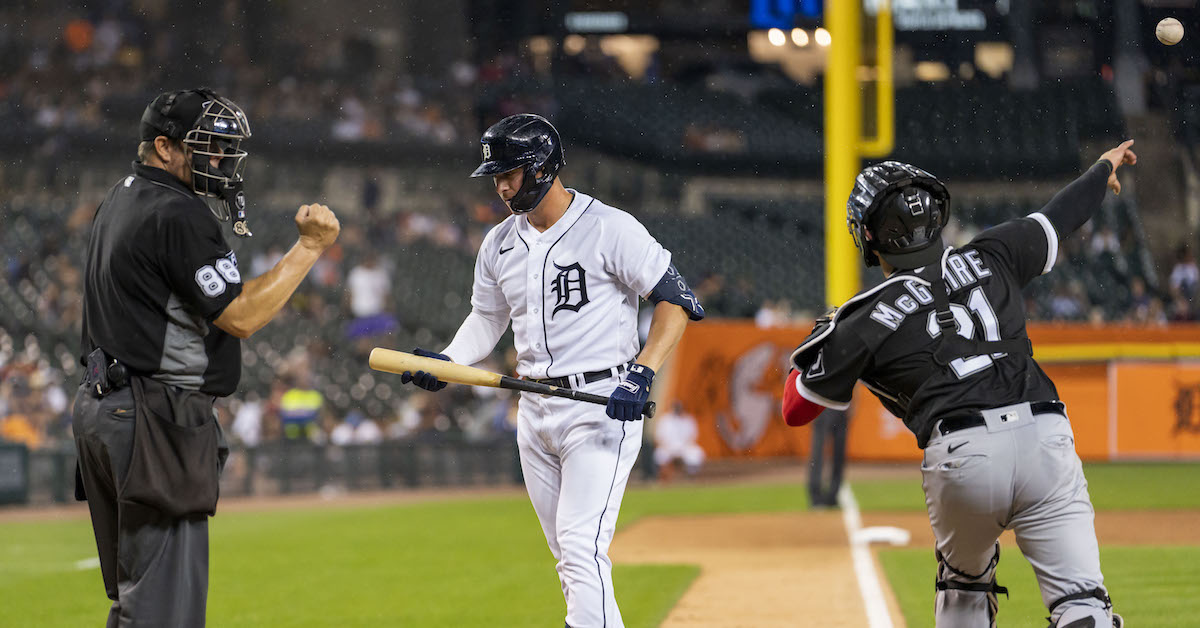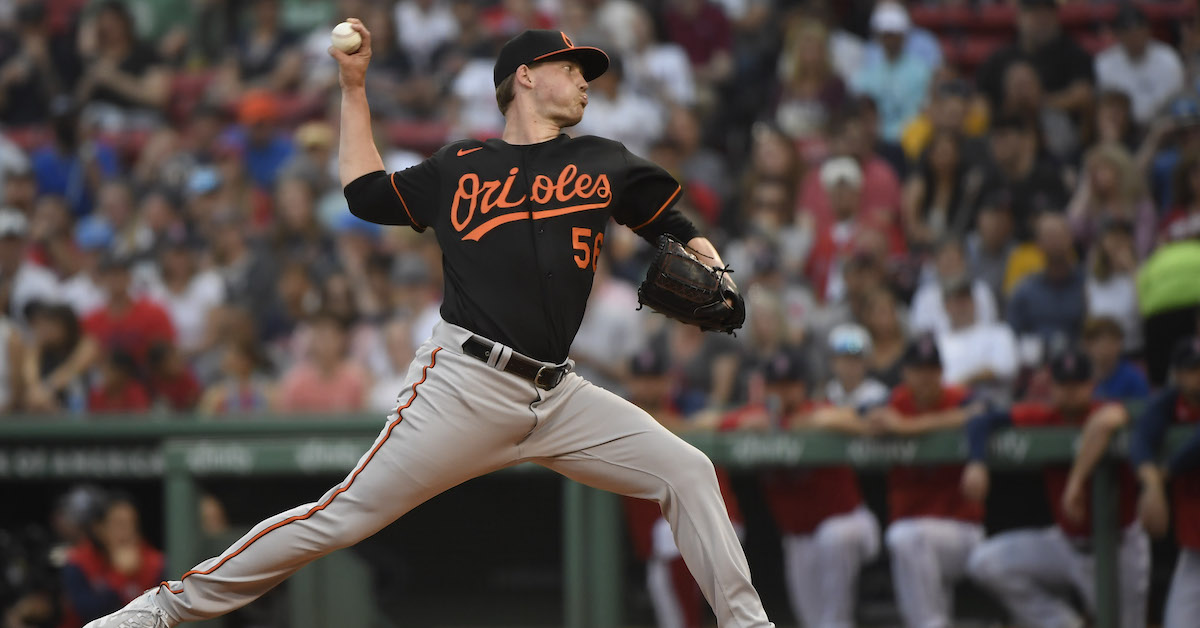An Historically Bad Offense Is Just One of the Tigers’ Problems

A Tiger hit a home run on Monday night. Normally, that wouldn’t qualify as news, and in this case it didn’t even lead to a victory, but Willi Castro’s leadoff homer off of Lance Lynn — on the White Sox starter’s first pitch of the season — was Detroit’s first home run since June 2, and just its second in 11 games this month; in the two games since, they haven’t hit another. At this point, just about any time the Tigers score seems noteworthy given that they’re averaging a major league-low 2.71 runs per game, putting themselves in the company of some of the worst teams in recent history. That’s hardly the only thing that’s gone wrong for a team that’s barreling towards its sixth straight sub-.500 campaign.
After winning 77 games last year under new manager A.J. Hinch, their highest total since 2016, the Tigers made a big splash before the lockout by signing righty Eduardo Rodriguez and shortstop Javier Báez to pricey, long-term deals, with the righty getting five years and $77 million and the shortstop six years and $140 million, the team’s largest commitments since the 2015-16 offseason. Along with the Rangers, Mets, and Phillies, they were one of just four teams to commit at least $75 million in total salary to two players. Once the lockout ended, the team added lefty reliever Andrew Chafin (two years, $13 million) and righty Michael Pineda (one year, $5 million) as well and, three days before Opening Day, traded for outfielder Austin Meadows. According to RosterResource, the team’s payroll increased by $47 million over last year, from $88 million to $135 million. Our preseason projection for 77 wins and 12.1% Playoff Odds didn’t indicate a forthcoming powerhouse, but between those moves and the decision to open the season with 2020 first overall pick Spencer Torkelson at first base, the team at least showed a laudable commitment towards improvement. Read the rest of this entry »








